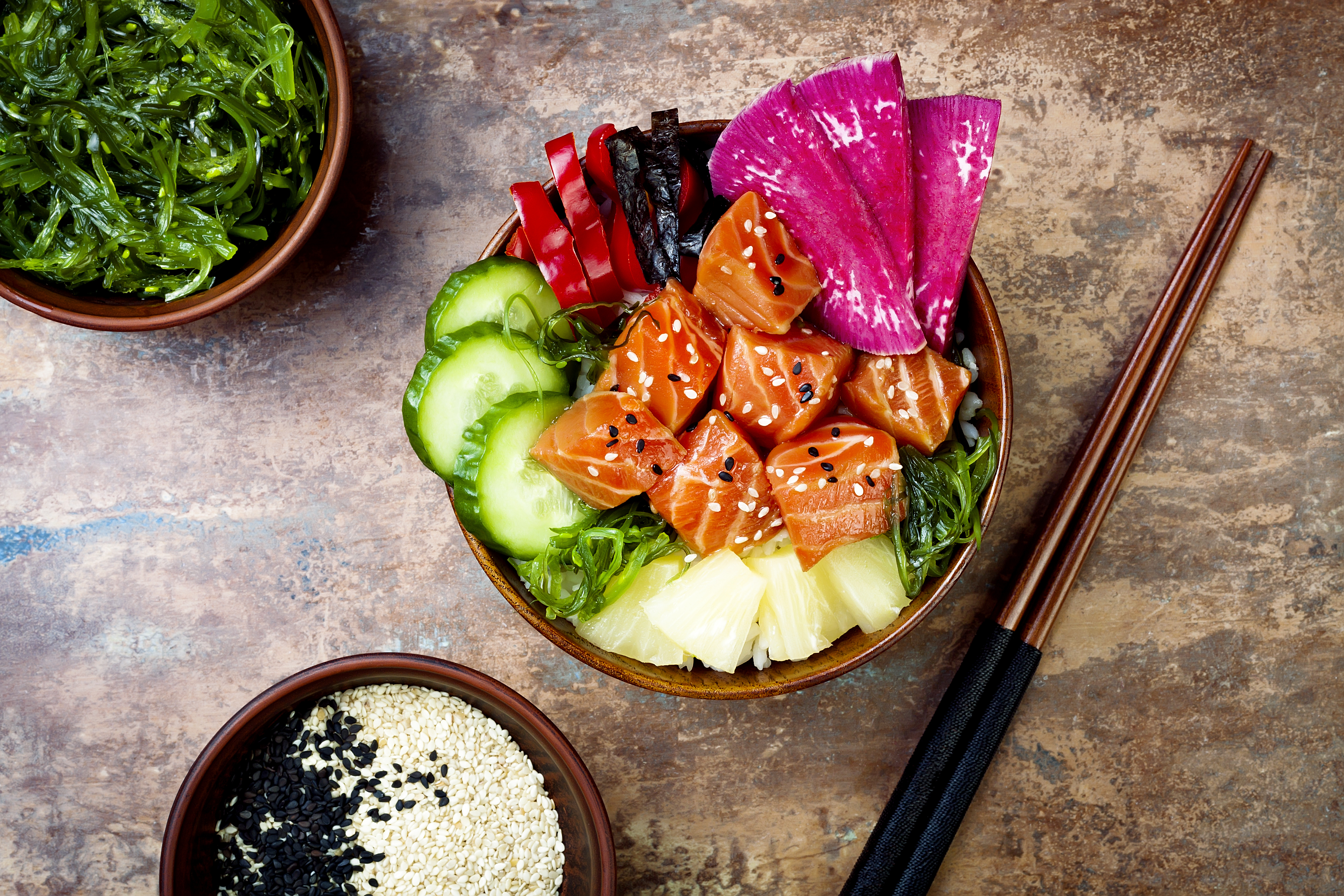As a butter obsessive, hamburger enthusiast, and a food writer, I doubt there will be a time that I’ll totally cut out meat and dairy products. But I can’t ignore the mounting evidence that cutting back on eating meat is a very good idea. It’s definitely less expensive and possibly healthier, but the biggest motivator, for me, is the climate crisis. The meat and dairy industries, according to the Food and Agriculture Organization of the United Nation, are responsible for 14.5 percent of the world’s greenhouse gas emissions each year. Even if I probably won’t become a strict vegan or vegetarian, cutting down on meat feels like an achievable way to reduce my carbon footprint, and I know that I’m not alone in that goal. I want to eat meat in an intentional way, rather than have it be the default option for lunch.
This isn’t a new strategy. In the aughts, Mark Bittman popularized flexitarianism, meaning mostly eating plants, with a bit of meat and diary on occasion. But the less-but-not-no-meat idea isn’t anything new. It’s been around for centuries, not because of global warming, but because meat hasn’t always been as cheap or readily available as it is now in America in 2020. Stretching a little bit of sausage or bacon for a crowd to cut down on costs is a time-honored strategy, as is using meat as a seasoning or a garnish rather than having a lamb chop or T-bone as the centerpiece of dinner.
If you’re not ready to turn vegan or vegetarian, you can ease your way in by breaking up meatless meals with a few go-tos that use a less-is-more approach to meat and easily cut down on your intake. Plus, reducing your meat consumption doesn’t mean that you have to give up on meals tasting good—not by a long shot. Here are a few ways to cut down on meat, even if you’re not going to cut it out altogether.

Use a Ham Hock or Parmesan Rind in Soup
Looking to infuse umami flavor into a mostly vegetarian soup? Adding a bit of meat or chicken broth is a great way to infuse umami into a dish. A quick shortcut to that ham hock, or a ham bone in soup is a great way to have a soup make its own stock as it cooks, imparting a lot of flavor with a relatively small amount of animal product in the dish. This Chunky Bean Soup with Ham and Kale calls for a 16- to 24-ounce hock, but cutting that in half would give a similar meatiness without the additional heft, and you can freeze the other half to use in another batch. Smoked ham works in the same way in this White Bean and Ham Soup (and you can cut back on the amount of ham there, too). If you want to steer clear of meat altogether, you can also use Parmesan rinds for a similar effect.

Put Bacon in a Vinaigrette
To infuse a salad with the salty, hearty qualities of meat without loading the bowl down with chunks of steak or grilled chicken, a bacon vinaigrette is the way to go. Four slices of bacon go a long way in this Torn Escarole Salad With Warm Bacon Vinaigrette.

Spinach Pasta Carbonara
Go for a Little Bit of Bacon, and a Lot of Pasta
Speaking of bacon, pasta is also a great way to incorporate a small amount of bacon into a larger, less-meaty dish. Classic examples of this method include Pasta all’Amitriciana, which uses guanciale, pancetta, or, yes, bacon alongside tomatoes, white wine, chili, and pecorino cheese for a hearty, aromatic sauce, or Bucatini Carbonara, which mixes guanciale with egg yolks and cheese for a rich, hearty dish. A little bit of bacon goes a long way when cut with vegetables, too, like in Penne With Cauliflower, Bacon, and Tomato Sauce, or Cavatelli With Bacon and Arugula.

Add More Protein With Beans
Red Beans and Rice, the classic New Orleans dish, is a meal that was typically made on Monday with the leftovers of Sunday’s dinner. The ratio of meat—in this case, sausage, bacon or ham—to other ingredients means that you have much more vegetables, beans, and rice than bacon, but the flavor properties of the meat are still present in every bite. A similar ratio is employed in these spicy, savory Charro Beans and these Butter Beans with Parsley, Tomato, and Chorizo.

Deploy A Small Amount of Meat With Tofu
Many Southeast Asian dishes use meat to their advantage by including a small amount to flavor the other ingredients, like in Mapo Tofu, which uses about half a pound of ground beef or pork to a pound or more of tofu. A simple stir fry is another good way to try this out, by loading up on vegetables and scrimping on the meat content. Pork and Tofu Stir Fry is a good jumping off point.

Make Meat Go Further With Grains
Any grain is a good way to make the most of a small amount of meat, but rice is a particularly easy go-to. Use chicken gizzards or lean ground pork to make a version of Dirty Rice or a small amount of seafood, chicken, bacon, or ground beef in a classic Fried Rice. Pilaf, Pulao, and other rice dishes are also good ways to use a small amount of meat over a larger meal, like in this Chicken Rice Pilaf. Not a fan of rice? Try using farro, quinoa, or millet instead, as in this Farro and Sausage Parmigiano. Using the right meat for maximum impact means you can use less of it without missing out on the flavor of a typically meaty dish—a good thing for the planet, and for your appetite.
This article was written by Margaret Eby from Food & Wine and was legally licensed through the NewsCred publisher network. Please direct all licensing questions to legal@newscred.com.








